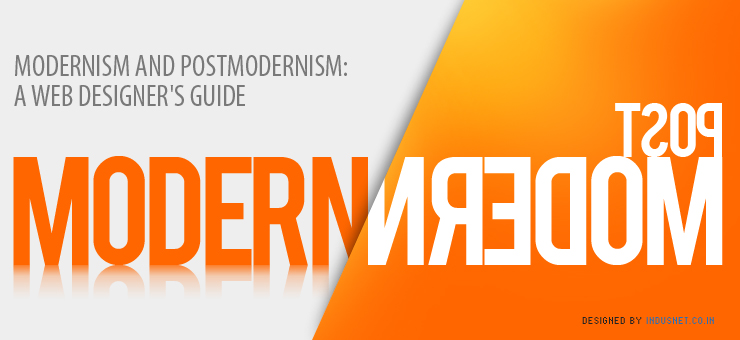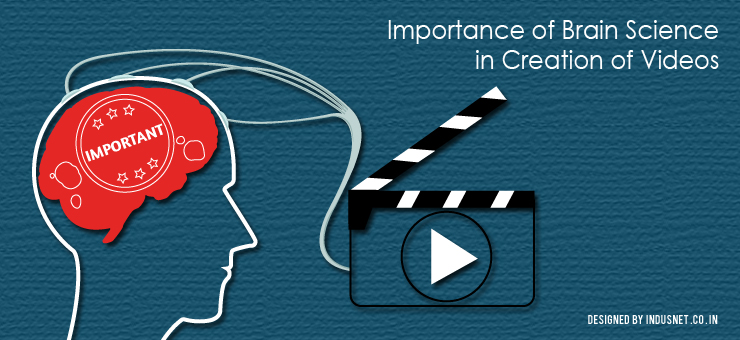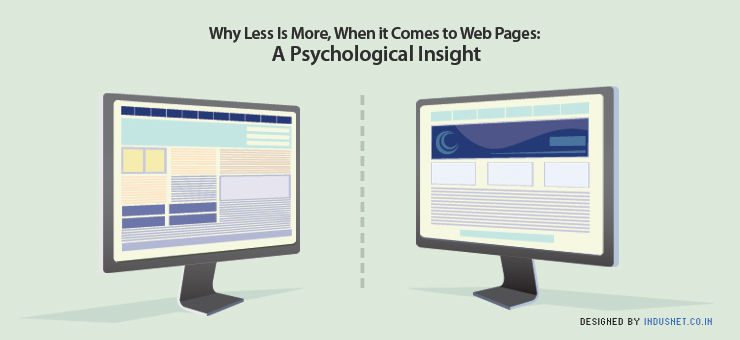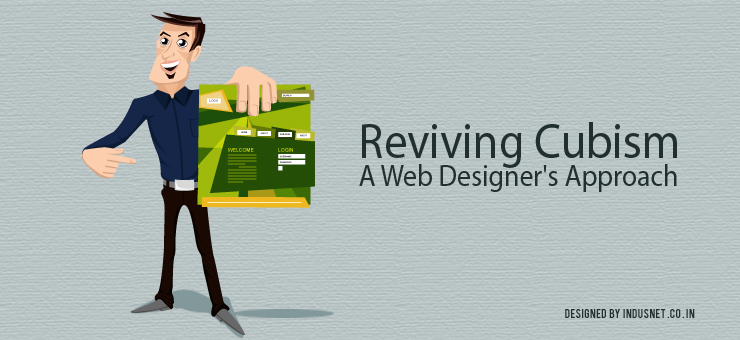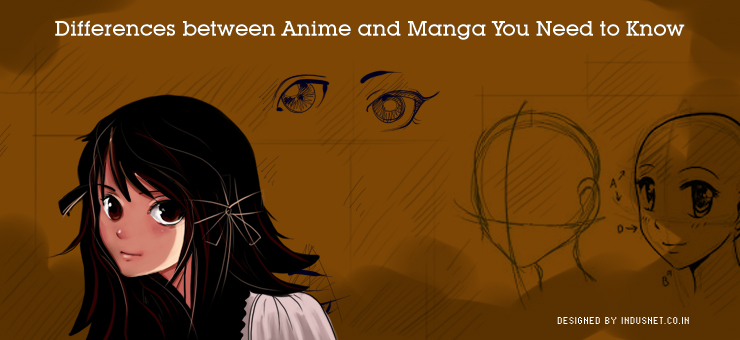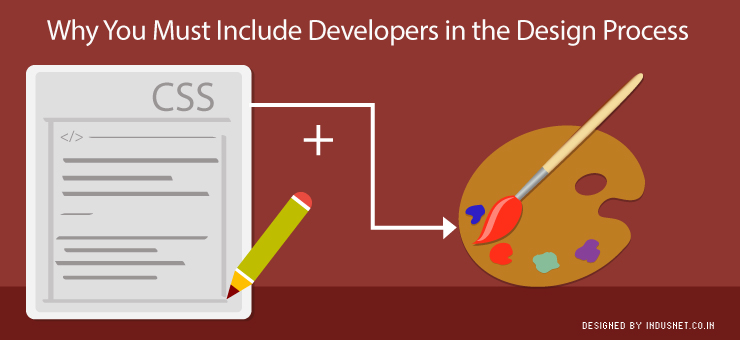
Why You Must Include Developers in the Design Process
It is often accepted that designers need to know a little bit of programming. The industry demands that web designers know at least a little bit of coding if not how to develop a website completely from the scratch. Yet, it seems that it is only the designers who are coaxed or cajoled into learning a little bit of coding. The web developers themselves are not asked to learn the design aspects. Developers might be strictly into hardcore coding but only they are not. They, eventually, have to try their hands on designing as well and will have to consult with the designers. This collaboration requires that the developers know a little bit of design as well. Most companies, however, do not encourage their developers to learn web designing. In this article, let us take a look at why the developers need to know about design as well, just like the designers need to know about web development. Of course, there might be initial reluctance from the development team but eventually, they will realize that learning basic designing skills are not only good for the company but for their own careers as well. Developers can provide new insights Developers are trained in programming, coding and all things that are considered “uncreative” by some people in the creative field. Only, development requires a lot more creativity than is, usually, assumed. Developers have a unique insight into how a website might function better and thus, which characteristic of a design is better than the other. These useful insights help designers to create better designs and ultimately present a website that is strong both in terms of development & design. Designers and developers, usually, have a tug of war between them. This helps the designers to understand that even developers can provide useful thoughts that can ultimately lead to better interfaces and better looking websites. Developers need to make design decisions too It is not just the designers who need the insights of developers. The developers themselves need to know how design works and why certain things are terrible for a website even if it works well from a development point of view. Usually, developers look at the functionality while the designers look at aesthetics. When developers too begin to look at the aesthetic appeal of a website, they will begin to code in a way that will ultimately help the website to look and feel better. Developers might, thus, gain from consulting and even get trained on basic design skills. A greater sense of collaboration There is always an argument about designers and developers & each finds the other intrusive. Developers find it intrusive when a designer tells that something doesn’t look all right. The developer probably had spent a lot of time working on that before presenting the project. When the developer knows basic design skills, he or she will be able to learn from the designer’s perspective. For a designer, this will only help because he or she will have to spend less time explaining the benefits of aesthetics. At the end of the day, more than a sense of rivalry, learning design will help developers to understand and collaborate with designers. Similarly, designers too can learn a little development in order to be able to collaborate better. A cohesive and inclusive environment is necessary Collaboration between developers and designers can go a long way in ensuring that the final website looks great. This is a very crucial part of web development, which both developers and designers need to recognize. Designers need to ensure that developers are included in the design process. Designers need to consult with developers just as developers often consult with designers. While no task is better than the other and both are equally dependent on each other, it is important to stress on a sense of collaboration between developers & designers. It might take a while for your development and design team to work as a single team, instead of as two different entities. However, when the design and the development teams begin to consult, collaborate & exchange ideas with each other, things will begin to start looking better.


